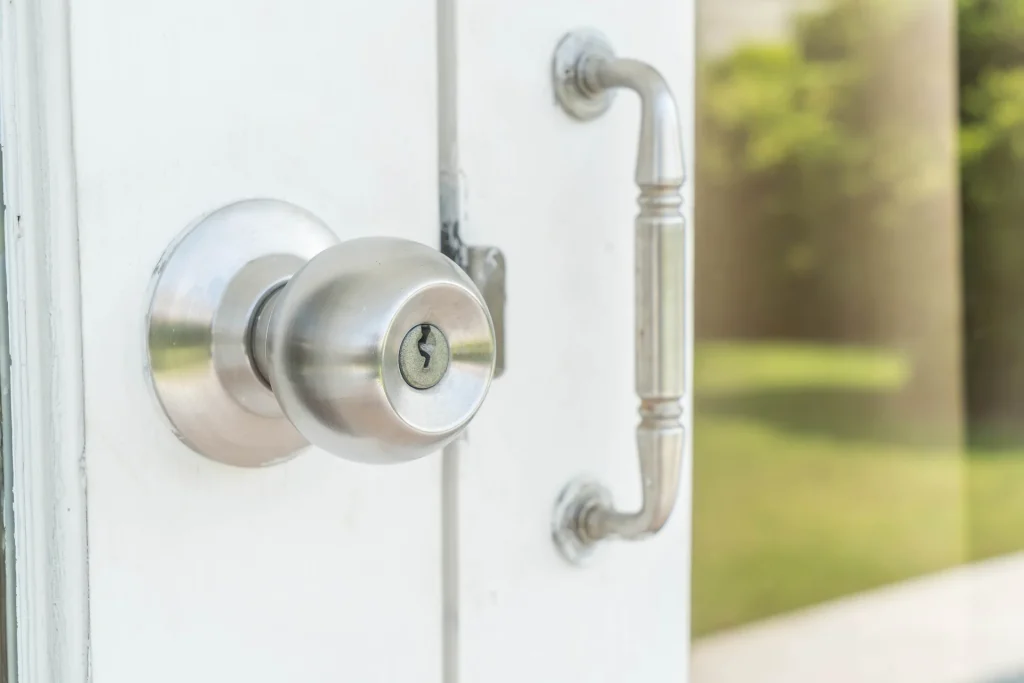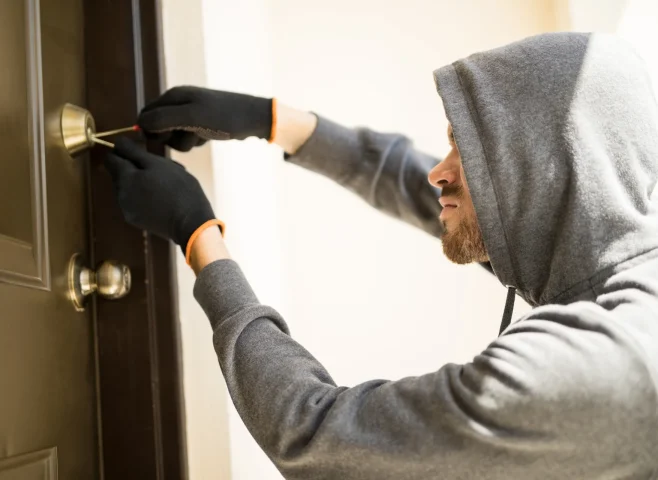
Home security evolves each year as intruders adapt to new hardware. Many UK homes still use uPVC entrance sets with euro profile cylinders, which can be targeted through a technique called lock snapping. Understanding how the latest anti-snap designs work helps you choose wisely and keep your property secure in 2025.
What is Lock Snapping? Why are uPVC Doors a Target
Snapping exploits leverage. If a cylinder protrudes beyond the protective door furniture, a criminal can grip it, apply torsion, and shear the body at its weakest point. When the front portion breaks away, intruders manipulate the cam to retract the multipoint locking bolts, and across the UK, many uPVC doors still use budget cylinders without modern protections, which makes these doors attractive targets.
The quick mechanics of a snapping attack
An attacker seeks a visible edge, then uses force to break the cylinder at the screw line or near it. With the front portion gone, turning the now-exposed cam can open the latch and bolts. The entire process can be fast if the door set lacks protective hardware.
How Anti-Snap Cylinders Disrupt the Attack
Anti-snap cylinders change the physics. Engineers use reinforced cores, security pins, and a sacrificial section that separates first; when it breaks away, the remaining core stays locked, and the design protects the cam. Some designs include a secondary clutch that disengages under attack, preventing the cam from turning even if someone tries to manipulate it.
Sacrificial sections and controlled break points
A good anti-snap lock places the intentional break point in front of the fixing screw. When excessive force is applied, only the sacrificial nose detaches. The core that interfaces with the cam remains within the door and continues to resist drilling, pulling, and picking. Many models pair this with hardened steel inserts to resist drilling and anti-pick spool or mushroom pins to slow covert attacks.
Key Security Features Found in Anti-Snap Euro Cylinders
Modern anti-snap cylinders available in 2025 include a range of protective features. The following elements offer increased security without affecting the day-to-day use of the door.
- Sacrificial front section
If force is applied, the front part of the lock snaps safely while retaining a locked position. This prevents the intruder from accessing the cam and gaining entry. - Hardened steel bar reinforcement
Many anti-snap cylinders include internal steel bars that strengthen weak points, making the cylinder resistant to both snapping and drilling. - Anti-pick pins
Lock picking involves manipulating internal pins. Anti-pick designs resist manipulation and make it harder for intruders to exploit the lock. - Anti-drill plates
Hardened plates prevent intruders from using power tools to drill through the barrel. This slows down the attack and increases noise risk, which criminals want to avoid. - Anti-bump protection
Lock bumping uses a specially cut key to trick the pins. Anti-bump systems block this technique, making it ineffective.
For the highest level of trust in the UK, look for locks with the British Standard TS 007 three-star rating or the Sold Secure Diamond standard. These marks show that the lock has passed independent testing against destructive entry methods.
How to Choose the Right Lock Upgrade for uPVC Doors in 2025
Upgrading to anti-snap cylinders is one of the most cost-effective security improvements available for UK homes. Replacement does not usually require changing the full door. Instead, the old cylinder can be removed and upgraded within minutes.
When choosing a cylinder, consider the following points:
- Check the size of your current cylinder so it fits correctly.
- Always choose a three-star Euro profile cylinder for the best protection.
- Consider a keyed-alike system if you want multiple doors to use one key.
- Choose a brand with clear UK testing certification.
- Avoid cheap imports that lack standards testing.
Signs Your Current uPVC Door Cylinder is Unsafe
You may need an upgrade if:
- Your lock protrudes more than 2 millimetres from the door.
- There is no three-star or diamond logo on the cylinder.
- The door was installed before 2015.
- The euro cylinder looks worn, loose or damaged.
- Keys turn roughly or stick in the barrel
If unsure, a local locksmith such as Theveteranlocksmith can quickly assess your locks and recommend practical upgrades without pushing unnecessary products. Home safety should always focus on preventing risk rather than reacting to it.
Professional Installation Still Matters
Even the best anti-snap cylinder will not protect a door if incorrectly installed. An experienced locksmith ensures the cylinder sits flush so intruders cannot grip it. They also test alignment, which prevents lock strain and future failure.
DIY installation is possible for some people, but mistakes like using the wrong screw length or incorrect cylinder size can create new security weaknesses. A poor fit can even void some product warranties, so expert fitting is a wise choice.
Future Trends in Lock Technology
Looking beyond 2025, more locks will integrate smart technology. However, traditional mechanical locks are still essential because they do not rely on power or internet access. Future anti-snap designs will likely combine tested mechanical performance with optional smart features like encrypted key control and tamper alerts.
Final Thoughts
Anti-snap cylinders protect uPVC doors in 2025 by addressing real modern security threats. They are built to resist snapping, drilling, picking and forced entry. When combined with good security habits and a strongly fitted multi-point lock system, they help keep homes safer across the UK.
For anyone concerned about door security or recent burglary reports in their area, upgrading the euro cylinder is a smart first step. It is affordable, quick to install and proven to reduce risk.

